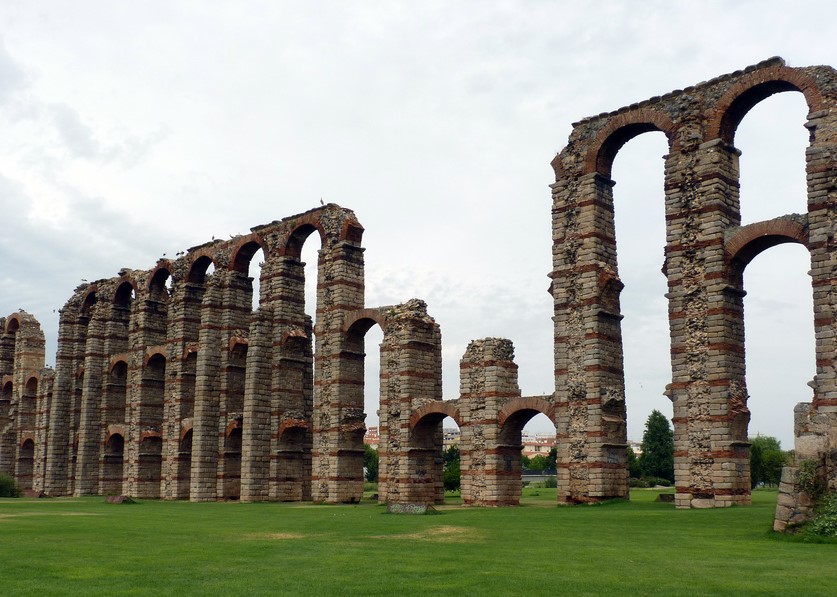To put things into perspective man has to know about the past. From the Romans to the present day, Spain has played an important role in the progression of the Western World. InSpain.news gives a resume of the history of Spain based on several (scientific) sources. This is part 4 – the Visigoths. Read parts 1 here, 2 here and 3 here.
Decadence
The Visigoth Kings of Hispania saw themselves as the rightful successors of Rome, not as destroyers of the Western Roman Empire. They therefore treated themselves to the same symbols and privileges as the former Roman rulers (who had been suffocated by their own decadence and corruption, among other things). The Visigothic king surrounded himself with an elite of several hundreds of local families who had direct access to the court. At a greater distance, there were the aristocracy consisting of around a thousand possessors of the greatest and best plots of land in Hispania. In the aristocracy, a partial merger between the Visigothian military elite and the socio-economic elite of the Hispanians slowly emerged.
Recession
During the Visigothic period, the once successful economy of South-East Hispania fell into recession. A lack of powerful governance was the primary cause of this. The ruling elite often involved themselves in mutual disputes. They had their hands full suppressing the population who, in part, worked as slaves on their estates generating the money needed to finance the armies of the warlords.
The Visigothic court was unable to maintain a full-fledged army on its own, to keep unity and order. The king leaned more and more on the power of the warlords, which continually decentralised the power in the country. It is worth noting, the Northern regions of Hispania barely integrated into the Visigothic kingdom. They were far behind the South East in terms of development and organisation.
Recognition of Catholic Church
Gradually, the distance between the elite and general population increased. Officially recognised in 589, the Catholic Church was a loyal fellow member of the Visigoth court. As the only institution in the Visigoth Empire with clear organisation and cohesion, the Church experienced its high days at the beginning of the 7th century as the highest-rated scientific centre of Western Europe. Monasteries allowed the church to expand its influence. Where a large proportion of the population lived in structural poverty and every spiritual hope was welcome, this was not a difficult task.
Social contradictions and revolts
The Visigothic Empire became severely weakened by internal tensions. This was due to social contradictions between the owning class, and the dependents and slaves. By the end of the Visigothic period, the church already had a lot of real estate in the form of monasteries, churches and land with which she provided herself with income.
The marginalised population in many cases lived as slaves of landowners or soldiers for the warlords. In the last century of Visigoth rule, the impoverished people regularly revolted. Furthermore, there were religious dissents between various Christian factions. The Jews were suppressed and ruled out. In conclusion, the Visigoths never really succeeded in making Hispania a political unity. In fact, they weakened the country and made it vulnerable.
Visigoth monuments
The Visigoths did not leave impressive monuments, though some monuments believed to be Roman might actually be Visigothic. A good example of such a monument is the 830 meters long and 25 meters high aquaduct of Los Milagros in Mérida. Until recently, experts believed it to be a Roman first century construction. Early last year, thermoluminence tests pointed out that the construction of this emblematic monument took place at least in the fourth century A.D. making it a Visigothic monument.

Aquaduct Los Milagros in Mérida
There is a Visigothic Museum in Toledo.
The main image is the San Pedro de la Nave church in Zamora.


